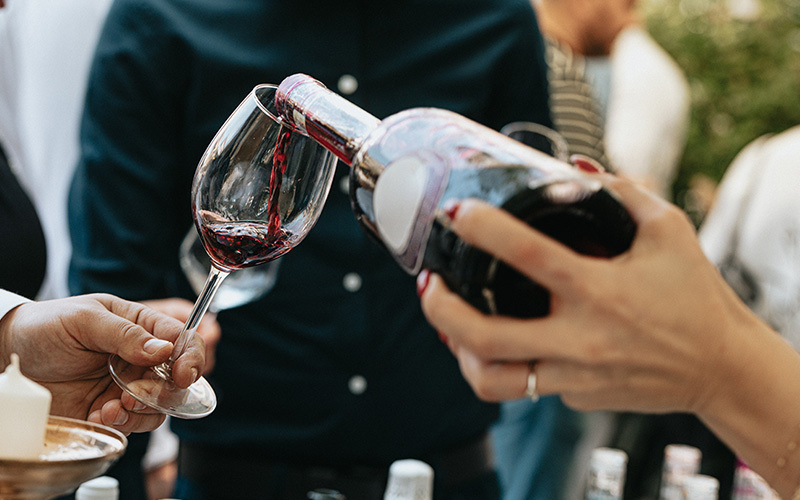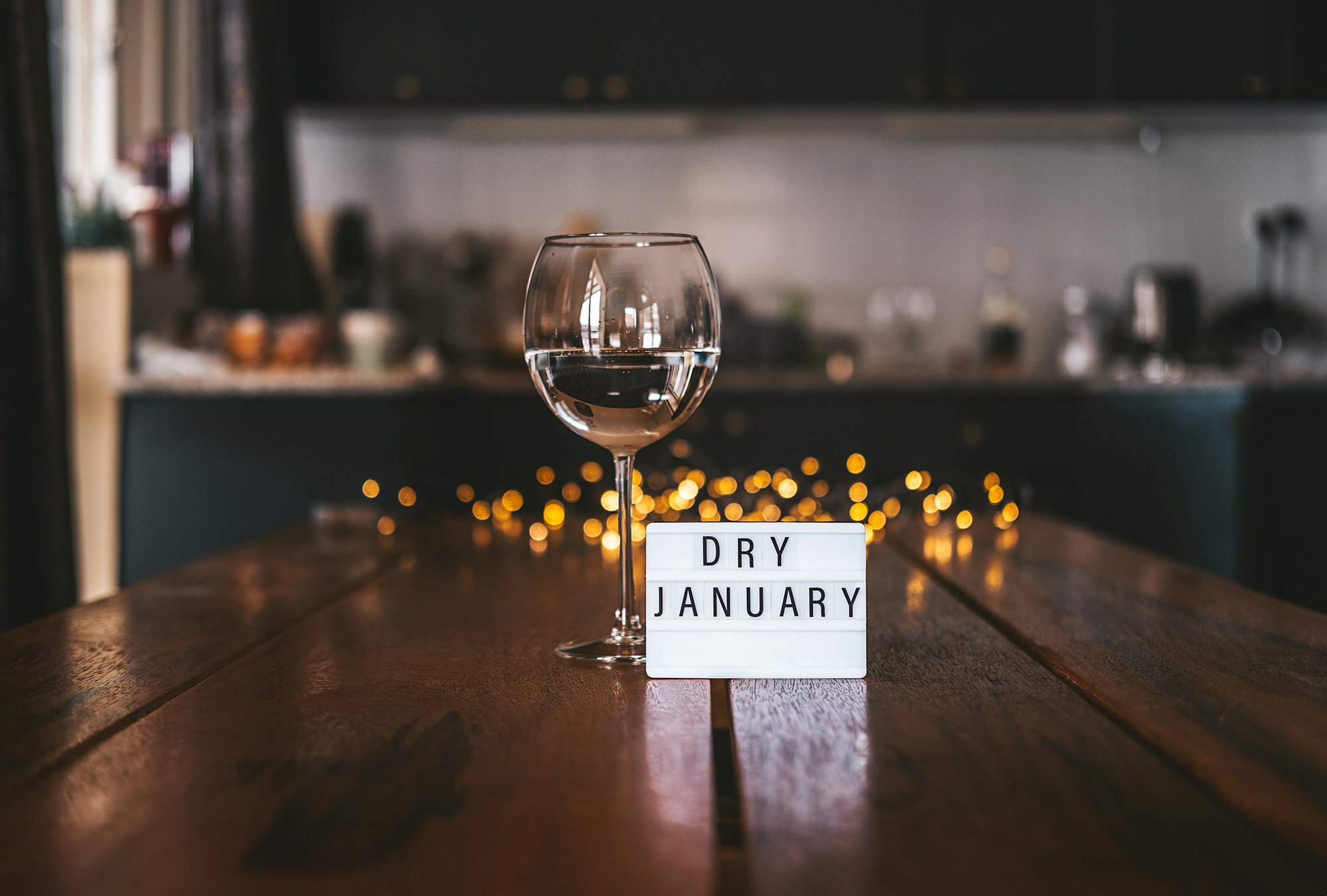
Stay Informed
Sign Up for the TBL Newsletter Today!
[formidable id=3]Wine & Spirits / Apr 27, 2022
Where the Wild (Consumers) Are
Let’s talk about aligning marketing functions to meet your brand goals.
Agencies like ours tend to couch our language in terms of marketing functions such as PR, social media, digital advertising, and the like.
There are good reasons for this. People have specialized expertise. Organizational charts reflect that expertise. And budgets are often carved out by function.
Prospective clients often take the same function-first approach, e.g., We need an influencer program, or we need more press coverage when what their goals require is a combination of marketing functions.
This isn’t a criticism, but a result of the increasingly complex world of marketing communications, the tools available, and the means of measuring results.
But before we get there, first a little math (sorry).
The Calculus of Brand Awareness
If your goals include raising consumer awareness of your brand, you need to get the right message to the right audience with enough frequency to create interest and desire. To create memory. Simply put, message x frequency = impressions. And the more, and more effective, impressions lead to higher brand awareness.
Applying Theory to Reality
Think about how you, as a consumer, remember brands. It’s a recommendation from a friend. You read a blog post, news story, email, or social post. You watched a compelling video. That is, you probably received brand messages through multiple media sources in different formats.
Now, apply that to your brand. How do you communicate all that is wild and wonderful about your brand in this highly fragmented marketplace? It’s not an easy task.
But here’s a tip: strip away the language of marketing functions and focus on the math of brand awareness.
Focus on impressions — the number of times a consumer sees your brand message. Message x frequency = impressions. Impressions most likely lead to heightened awareness, as previously mentioned. But!
Not All Impressions are Created Equal
If you frame brand marketing in terms of impressions, you will start asking some interesting questions:
- Which impressions are more or less “sticky” (creating a memory, a click, or are just fleeting?)
- Why are my Facebook Reels generating so many more impressions than my Instagram Stories?
- Does the benefit of reaching an influencer’s audience outweigh their fees and your staff’s time, which could instead be channeled into low-cost ads?
- What impression platforms tend to drive higher page views/session?
- How can impressions create different calls to action?
With this commonsense approach – how to drive the right impressions to the right audience at the right time through different media channels – we can address some of the key challenges in wine and spirits marketing.
Feeling Lost? Start with Location
Geo-targeted campaigns are increasingly effective for our clients, nearly regardless of budget.
Here are the key steps:
- Choose Focus Markets: Identify 3-5 cities/markets that are most important to your brand.
- Social Media Advertising: Concentrate brand awareness ads, and retail-driving ads, in your focus markets (more on this below) for a test phase, then a roll-out phase.
- Public Relations: Concentrate earned media coverage in those focus markets.
- Events/In-market Activations: Tastings, restaurant tie-ins, mixology events, and other promotions can be concentrated in your focus markets.
Retail-Driving Advertising
Retail-driving ads are simply Facebook/Instagram ads that include a discrete mention of 2-3 unaffiliated retail licensees where the brand is available, and target consumers interested in your category that reside a few miles from the mentioned licensees. Yes, this is legal in most states – and yes, you need to check first – as long you follow some basic rules. (Pro Tip: The TTB will review your ads for compliance, at no charge, if you email them at market.compliance@ttb.gov.)
Why do these retail-driving ads work? They tend to address several challenges at once:
- Reach consumers already interested in your category (e.g., whiskey, red wine, etc.)
- Reach consumers who may already shop at the retailers mentioned
- Demonstrates support for retail partners by driving local traffic to their stores
- Provides wholesalers with sales tools (media plans) that demonstrate brand support.
While certainly not “invented here,” we have had success with this integrated approach. Can we tell if ConsumerA saw a Facebook ad and purchased that brand at a retailer? No. But we have seen retailers add SKUs and local wholesale teams get excited about selling our client’s brands. The alternatives can be more costly and less targeted.
Everyone Wins
What do the most successful wine and spirits brands have in common? Everyone in the value chain benefits from them.
Wholesalers want an “easy selling” brand with a campaign that drives buzz. Retailers need store traffic and a differentiated offer, especially from the big box stores and grocery chains. Wine and spirits brands need awareness, ACV, depletions, and advocates. Finally, regulators need compliance; there is no “gray area.”
Combining geo-targeted PR, social media advertising, and other activations can help sales build distribution and pull-through. All the big players do this – with large budgets – but many smaller and medium-sized brands can benefit with this cost-effective, scalable approach.
PC: Mount Langi Ghiran, part of the Rathbone Wine Group portfolio.




